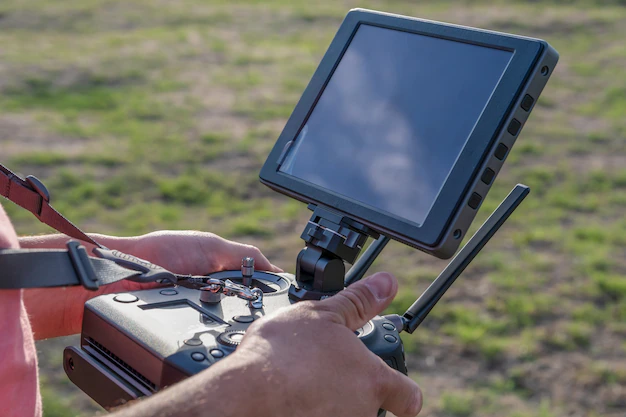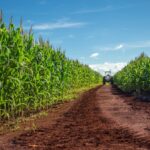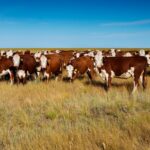Remote monitoring systems have revolutionized the agribusiness industry by offering numerous benefits to farmers, ranchers, and agricultural enterprises. Here are some of the key advantages of using remote monitoring systems in agribusiness:
- Real-time data collection: Remote monitoring systems enable farmers to gather real-time data on various aspects of their operations. This includes information on soil moisture levels, temperature, humidity, rainfall, crop growth, and livestock conditions. Such data empowers farmers to make informed decisions, optimize resource allocation, and take timely action to prevent potential issues.
- Increased efficiency and productivity: With remote monitoring systems, farmers can automate and streamline various processes. They can remotely monitor and control irrigation systems, adjust environmental conditions inside greenhouses, and automate feeding and watering schedules for livestock. These automation and control features help optimize resource usage, reduce manual labor, and improve overall operational efficiency, leading to increased productivity.
- Enhanced crop and livestock management: Remote monitoring systems provide farmers with detailed insights into crop and livestock health. By monitoring key parameters such as soil moisture, nutrient levels, and pest infestation, farmers can identify potential problems early on and take preventive measures. Similarly, monitoring livestock behavior, weight, and feeding patterns helps in identifying and addressing health issues promptly, improving animal welfare and productivity.
- Cost savings: Remote monitoring systems enable farmers to make data-driven decisions, leading to cost savings in various areas. By monitoring soil moisture levels, farmers can optimize irrigation schedules, reducing water usage and associated costs. Real-time monitoring of environmental conditions allows for precise application of fertilizers and pesticides, minimizing waste and lowering input costs. Additionally, early detection of plant or livestock diseases helps prevent extensive damage and potential loss, thereby saving on replacement costs.
- Sustainability and environmental impact: With remote monitoring systems, farmers can adopt more sustainable practices. By precisely monitoring soil moisture and weather conditions, they can implement targeted irrigation, reducing water wastage and conserving this valuable resource. Monitoring environmental parameters also helps in minimizing the use of fertilizers and pesticides, preventing water and soil pollution. Remote monitoring systems contribute to more efficient resource utilization and can aid in the development of sustainable farming practices.
- Remote access and scalability: The ability to remotely monitor and manage agricultural operations is particularly advantageous for large-scale and geographically dispersed enterprises. Farmers can access real-time data, receive alerts, and control systems from anywhere, using mobile devices or computers. This flexibility allows for better management and decision-making, even when farmers are away from their farms. Moreover, remote monitoring systems can be easily scaled up or down to accommodate the needs of different farm sizes and types of agriculture.
Remote monitoring systems offer significant benefits to agribusinesses, including real-time data collection, increased efficiency, enhanced management practices, cost savings, sustainability, and remote accessibility. By leveraging these systems, farmers can optimize their operations, improve productivity, and make informed decisions that lead to better outcomes in the agricultural sector.
Join 'Farmers Mag' WhatsApp Channel
Get the latest Farming news and tips delivered straight to your WhatsApp
CLICK HERE TO JOIN






